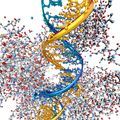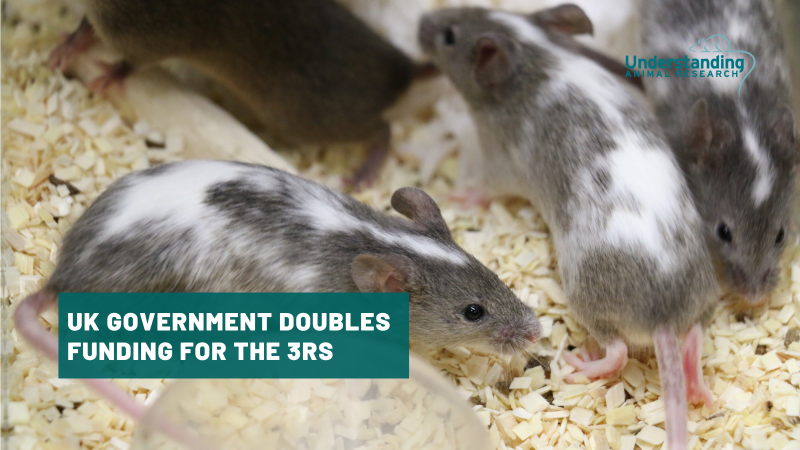Text to go here...
 Premature ageing can be reversed in mice, hinting at the possibility of anti-aging treatments for humans. Scientists were able to rejuvenate GM mice using an enzyme called telomerase that prevents DNA damage.
Premature ageing can be reversed in mice, hinting at the possibility of anti-aging treatments for humans. Scientists were able to rejuvenate GM mice using an enzyme called telomerase that prevents DNA damage.
Our DNA is contained in long strands called chromosomes. These are protected by other DNA strands called telomeres, acting much like the caps on the end of shoe laces. Each time cells divide telomeres get shorter. Eventually cell division ceases and the animal dies.
Telomerase stops this process by lengthening telomeres. Researchers engineered mice to lack telomerase. These GM mice died much quicker than normal mice and suffered from age-related conditions such as osteoporosis and neuro-degeneration. However, when the enzyme was switched back on, the aged mice regenerated. New neurons were produced and degenerated organs, such as the liver and intestines, were repaired.
Neuron production also improved the mice's survival behaviour. The aged mice has lost the ability to smell unpleasant odours associated with predators, but the regenerated mice regained this skill.
The research suggests that some early-aging disorders could be treated by boosting telomerase in cells in which the enzyme has stopped working. Telomerase may also be used to restore organ function. However, the results won't necessarily be the same in humans. Mice produce telomerase throughout their lives, but in humans the enzyme is switched off in adults. This prevents cells growing out of control and becoming cancerous.
It is suggested that using telomerase as a treatment for aging-disorders in humans would come at the cost of an increase in cancer.
Last edited: 11 January 2022 10:29




